Cape Meares State Scenic Viewpoint
Some come for the dramatic cliffs and coastal scenery, while others are there for the wildlife. For views, Cape Meares is spectacular. Short trails take visitors to many overlooks, including the main attraction at the Cape Meares Lighthouse. For wildlife, there are elk, bear, deer and many species of birds. The steep cliffs and offshore rocks are nesting sites for thousands of seabirds, including common murres, pelagic and Brandt�s cormorants, pigeon guillemots and the occasional peregrine falcons in the spring. Of course, Cape Meares State Scenic Viewpoint is a prime location for whale watching. Migrating whales may be seen from December to January as they head south to calving grounds in Mexico and again March to April as they head north to Alaska. Other marine mammals such as sea lions, dolphins and porpoise may be seen too. Cape Meares has some hiking trails that take visitors into more remote sections where sightings are possible.
Oregon Coast
The Octopus Tree
This popular attraction is an unusually large Sitka spruce aptly named for its unique shape. More than 10 feet at its base, it has no central trunk, uncommon for a spruce. Instead, limbs 3�5 feet thick branch out close to the ground. Several other large Sitka spruce trees are visible from the trails, but none is as unusual as the Octopus Tree. The forces that shaped this unique Sitka Spruce have been debated for many years. The tree measures more than 46 feet in circumference. Instead, limbs extend horizontally from the base as much as 16 feet before turning upward. It is 105 feet tall and is estimated to be 250 to 300 years old. Designated an Oregon Heritage Tree in 2009.
Rumers Of The "Wrong" Cape
Was the lighthouse mistakenly built on the wrong cape? For years, persistent rumors suggested that Cape Lookout, 10 miles to the south, was the cape of choice. However, 1886 reports comparing both capes show that Cape Meares was indeed the selected site. In his report to the 13th Lighthouse District, J.S. Polhemus said Cape Meares affords nearly as good a site as Cape Lookout as far as the view from the sea is concerned, and being lower gives a better situation of light with reference to fog. The report noted that accessibility from Tillamook Bay would make construction easier and a flowing spring atop Cape Meares would furnish water for construction purposes.
The Lighthouse
Oregon�s shortest lighthouse stands 38 feet atop Cape Meares and 217 feet above the ocean. In January 1886, the U.S. Congress approved $60,000 for construction of the lighthouse, which later took one year to build. Craftsmen using bricks made on site built the tower and then covered the exterior with iron plates. The tower light is a first order, eight-sided Fresnel lens, hand ground in 1887 by Henry LePaute in Paris. A first order lens is the largest and most powerful of the six Fresnel types. The lens was carefully loaded on to a ship that sailed around Cape Horn, then north along the Pacific Coast to Cape Meares. Workers using a hand-operated crane made from local spruce trees lifted the one-ton lens parts up and over the cliff to the tower.
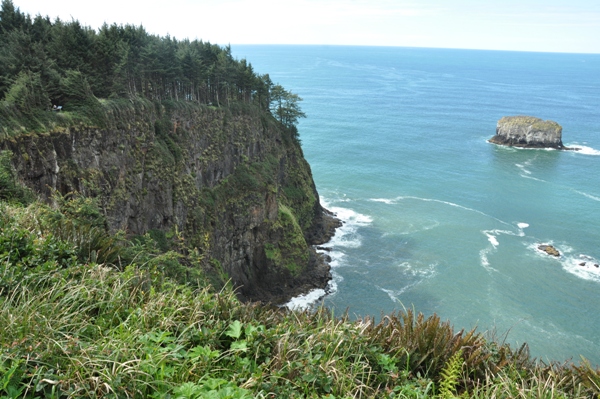
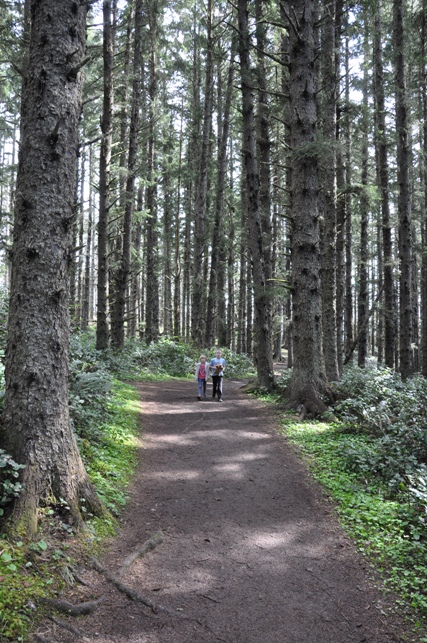
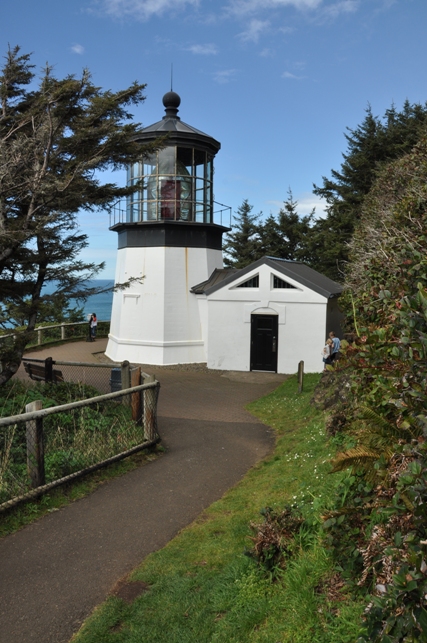
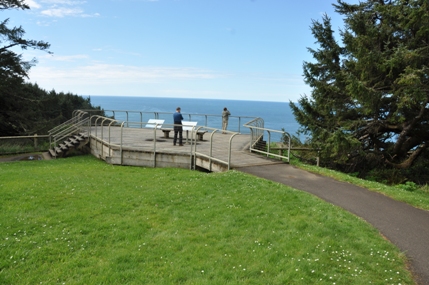
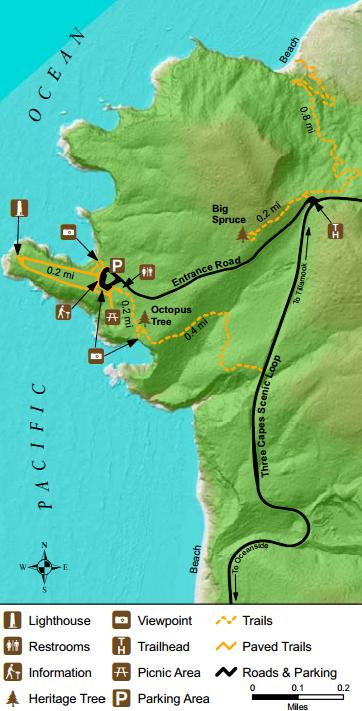
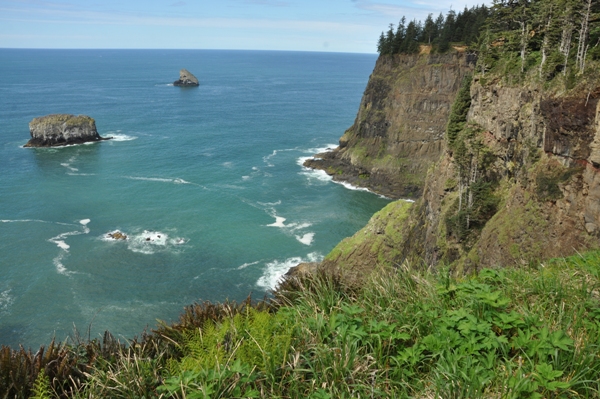
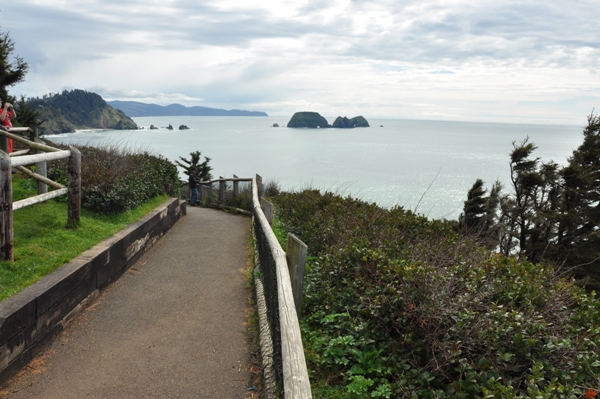
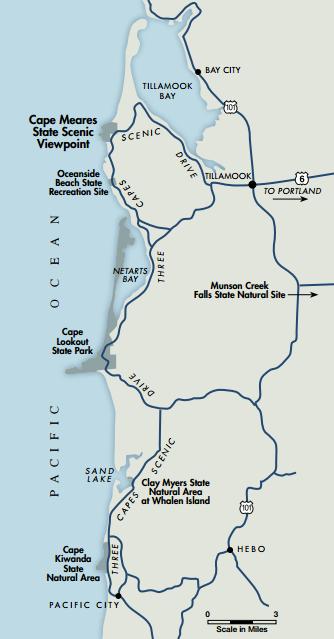
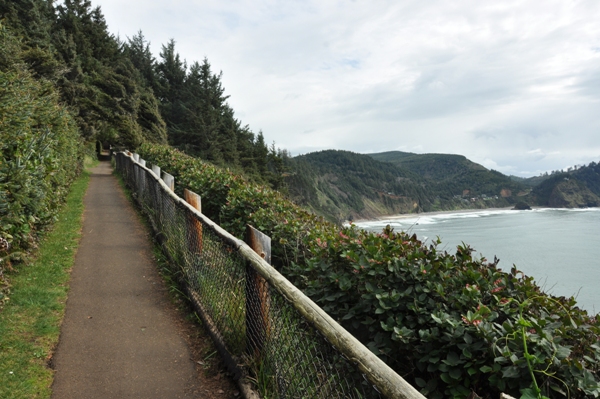
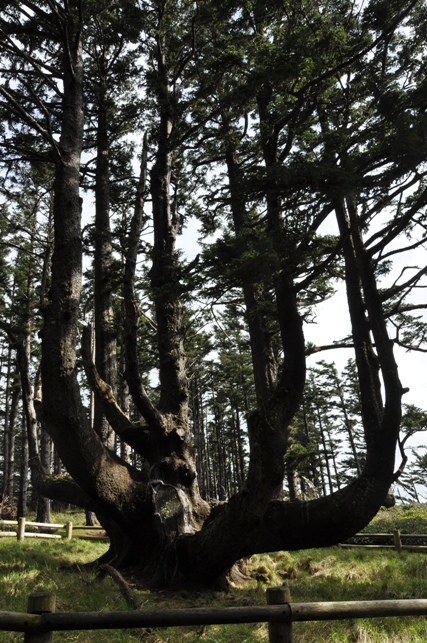
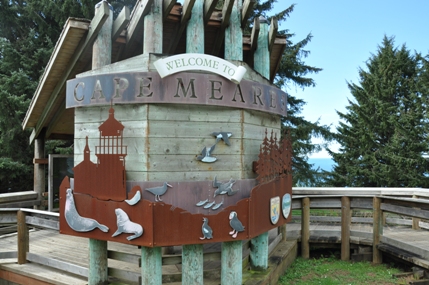
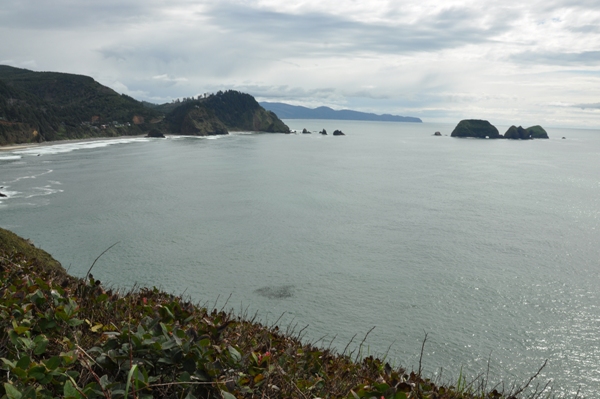
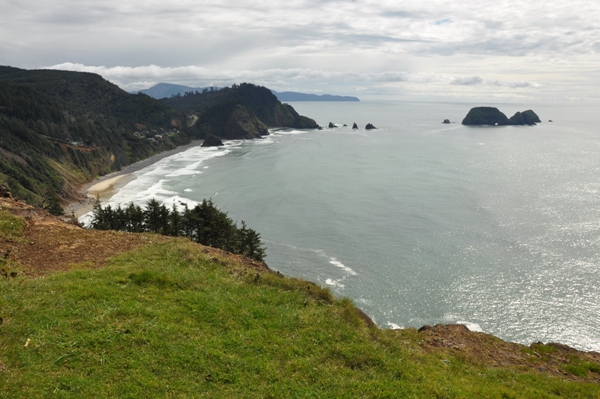
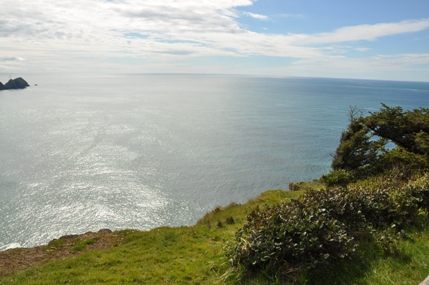
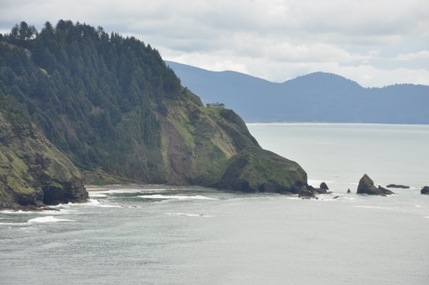
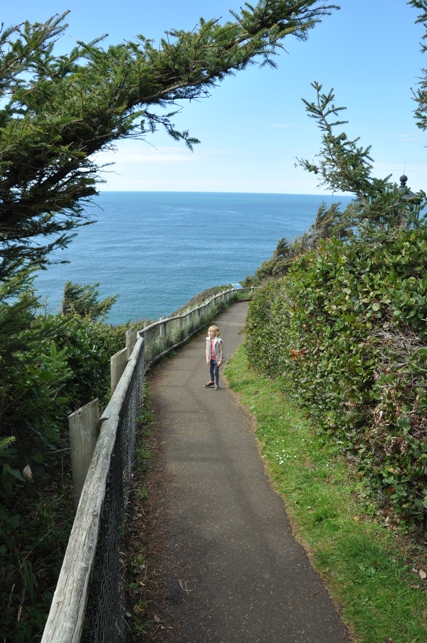
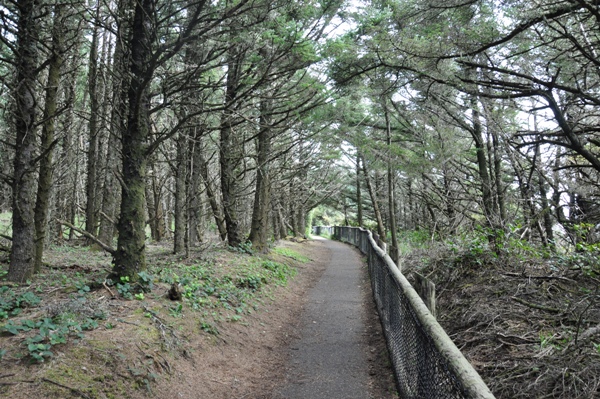
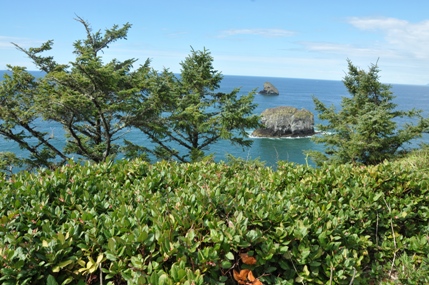
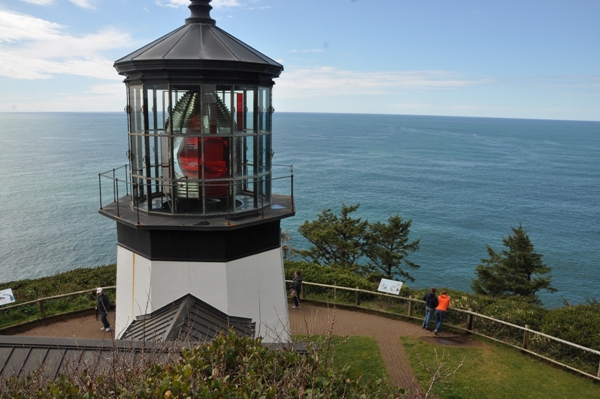
Cape Meares Lighthouse
Viewpoint
Trail to the Octopus Tree
Octopus Tree
House on the bluff near Oceanside
Looking south to Three Arch Rocks
From the viewpoint at the Octopus Tree
Location Map


















